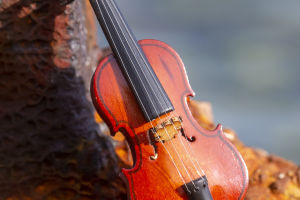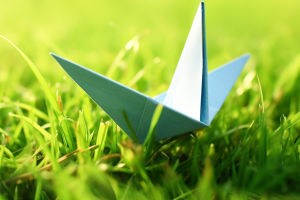Snow, a radiant crystal, reflects light intensely, brightening when kissed by the sun.
Yet, shooting snow demands finesse; frontal or top lighting, with its uniform illumination, fails to unveil the snow's nuanced textures and depth.
To capture the interplay of light and shadows on snow, the pinnacle is a post-snowfall sunny day, especially during the early morning's golden embrace.
In snow photography, sidelight and backlight reign supreme, sculpting intricate chiaroscuro and revealing the snow's transparent intricacies. Even in distant landscapes, the dance of shadows bestows a profound sense of dimension. However, caution is warranted with backlighting, as the vast white canvas may render non-snow elements starkly black.
For harmonious tonal hierarchies in a snowy panorama, gentle, diffused sunlight emerges as the photographer's ally. The role of light in photography is pivotal, often beyond the photographer's control. Strategic patience or innovative angles become the means to harness natural light.
Winter's gift transforms beaches into tranquil havens post-snowfall, offering serene vistas. Yet, mastering snow photography hinges on correct metering and exposure.
A camera's metering system, designed for average scenes, falters in expansive snowscapes, resulting in underexposure. Experienced photographers employ exposure compensation, adjusting exposure based on the scene's luminosity.
Exposure compensation, a subtle art, allows photographers to fine-tune their camera's measured exposure. This technique empowers photographers to navigate varying light conditions, whether in aperture priority or manual mode. Alternatively, a pragmatic method involves focusing on a middle-toned object, like nearby trees, before recomposing the shot on the snowy landscape.
Throughout this process, vigilance is paramount – direct metering on snow risks misrepresentation. In the intricate realm of snow photography, the interplay of sunlight and snow unveils an ephemeral canvas, urging photographers to dance with light and shadow, creating visual symphonies that transcend the frozen landscapes.
Photographing snow transforms winter landscapes into captivating studies of light and texture. The artistry lies in understanding how sunlight interacts with snow's reflective qualities. Optimal conditions arise post-snowfall on a clear day, particularly during the early morning when sunlight bathes the scenery in a warm glow.
Sideways and backlit approaches become the maestros of this visual symphony, casting shadows that carve intricate patterns on the snow's surface.
The play of light and shadow not only emphasizes the snow's texture but also imbues the scene with a mesmerizing three-dimensional quality. The distant vistas, kissed by the soft light, create a poetic atmosphere, evoking a sense of depth that stretches beyond the immediate foreground.
However, navigating backlighting demands finesse, as the expansive white canvas of snow may render surrounding elements starkly dark. To counter this, the photographer strategically employs the gentle touch of diffused sunlight.
This soft illumination enhances tonal nuances in the snowscape, ensuring that all elements, including non-snow features, maintain a harmonious and nuanced presence.
Yet, in this delicate dance with light, mastering correct metering and exposure proves crucial. The camera's internal metering system, while efficient in average scenarios, tends to falter against the expansive white backdrop of snow, resulting in underexposed images.
Enter the realm of exposure compensation – a subtle art that allows photographers to tweak the camera's measured exposure, ensuring that the snow's brilliance is faithfully captured without compromising surrounding details.
This delicate balance of technical finesse and artistic intuition is underscored by the photographer's ability to capture the tranquil aftermath of winter on beaches. The snow, in this context, transforms the coastline into a serene haven, where the interplay of light and snow evokes a sense of peaceful isolation.


